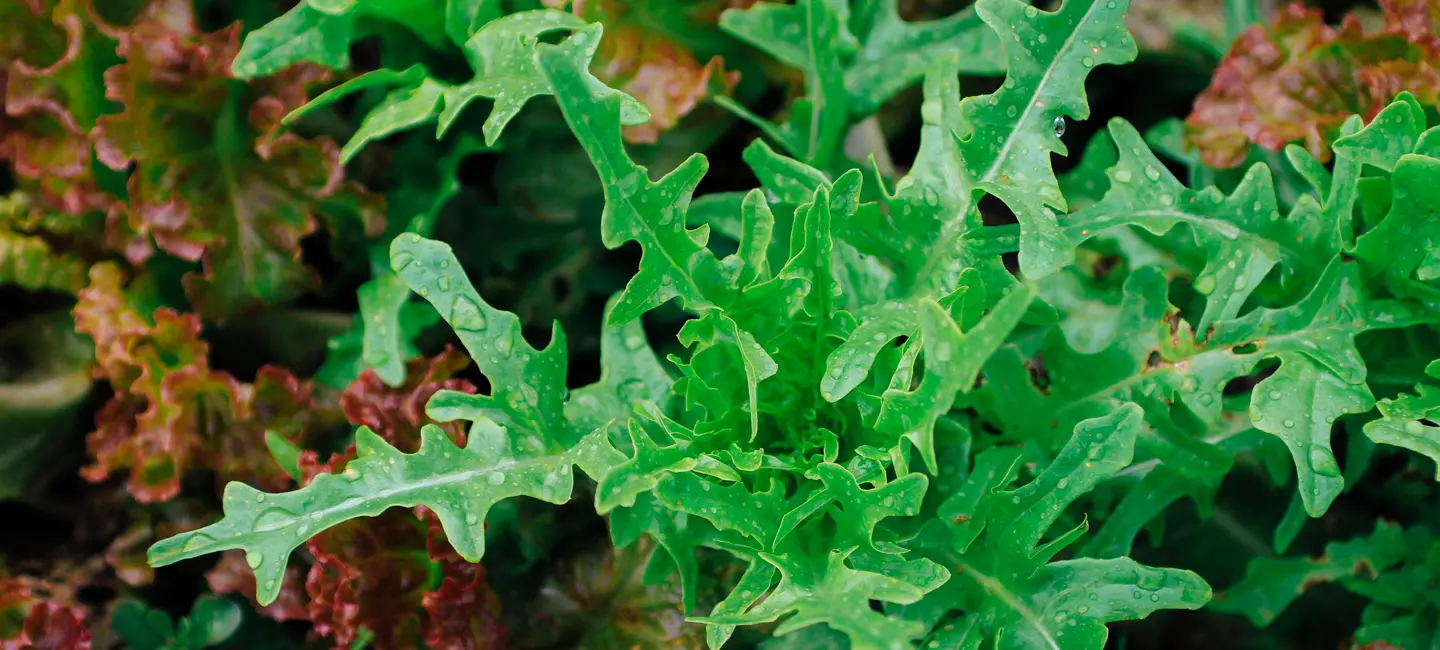
Wild lettuce is a plant. The leaves, sap (latex), and seed are used to make medicine.
Wild lettuce is used for whooping cough, asthma, urinary tract problems, cough, trouble sleeping (insomnia), restlessness, excitability in children, painful menstrual periods, excessive sex drive in women (nymphomania), muscular or joint pains, poor circulation, swollen genitals in men (priapism), and as an opium substitute in cough preparations.
The seed oil is used for "hardening of the arteries" (atherosclerosis) and as a substitute for wheat germ oil.
Some people apply wild lettuce latex directly to the skin to kill germs.
Some people inhale wild lettuce for a recreational "high" or hallucinogenic effect.
Is It Effective?
NatMed Pro rates effectiveness based on scientific evidence according to the following scale: Effective, Likely Effective, Possibly Effective, Possibly Ineffective, Likely Ineffective, Ineffective, and Insufficient Evidence to Rate.
- Whooping cough.
- Asthma.
- Urinary tract problems.
- Cough.
- "Hardening of the arteries" (atherosclerosis).
- Trouble sleeping (insomnia).
- Restlessness.
- Painful menstrual periods.
- Sexual disorders.
- Muscle and joint pain.
- Killing germs, when the latex is applied to the skin.
- Other conditions.
More evidence is needed to rate the effectiveness of wild lettuce for these uses.
Is it Safe?
Wild lettuce has calming, relaxing, and pain relieving effects.
Wild lettuce is POSSIBLY SAFE for most people in small amounts.
Wild lettuce is LIKELY UNSAFE when eaten in large amounts or when the wild lettuce has been harvested too early. This can cause sweating, fast heartbeat, pupil dilation, dizziness, ringing in the ears, vision changes, sedation, breathing difficulty, and death.
Applying wild lettuce directly to the skin can cause irritation.
Special Precautions & Warnings:
Pregnancy and breast-feeding: Not enough is known about the use of wild lettuce during pregnancy and breast-feeding. Stay on the safe side and avoid use.
Enlarged prostate (benign prostatic hyperplasia, BPH): Don't use wild lettuce if you have this condition. It contains a chemical that can harm people who have trouble urinating.
Allergy to ragweed and related plants: Wild lettuce may cause an allergic reaction in people who are sensitive to the Asteraceae/Compositae family. Members of this family include ragweed, chrysanthemums, marigolds, daisies, and many others. If you have allergies, be sure to check with your healthcare provider before taking wild lettuce.
Narrow-angle glaucoma: Don't use wild lettuce if you have this eye condition. It contains a chemical that might make glaucoma worse.
Surgery: Wild lettuce can affect the central nervous system. There is a concern that it might cause too much sleepiness if it is taken along with anesthesia and other nerve-numbing medications used during and after surgery. Stop using wild lettuce at least 2 weeks before a scheduled surgery.
Sedative medications (CNS depressants)
Interaction Rating=Moderate Be cautious with this combination.
Wild lettuce might cause sleepiness and drowsiness. Medications that cause sleepiness are called sedatives. Taking wild lettuce along with sedative medications might cause too much sleepiness.
Some sedative medications include clonazepam (Klonopin), lorazepam (Ativan), phenobarbital (Donnatal), zolpidem (Ambien), and others.
Herbs and supplements that cause sleepiness: Wild lettuce might cause sleepiness. Taking it along with other herbs that have this same effect might cause too much sleepiness. These herbs include calamus, California poppy plant, catnip leaves, hops, Jamaican dogwood bark, kava root, passionflower, sage, St. John's wort, sassafras bark, skullcap, valerian, and others.
There are no known interactions with foods.
The appropriate dose of wild lettuce depends on several factors such as the user's age, health, and several other conditions. At this time there is not enough scientific information to determine an appropriate range of doses for wild lettuce. Keep in mind that natural products are not always necessarily safe and dosages can be important. Be sure to follow relevant directions on product labels and consult your pharmacist or physician or other healthcare professional before using.
Acrid Lettuce, Bitter Lettuce, German Lactucarium, Green Endive, Lactuca virosa, Lactucarium, Laitue Amère, Laitue à Opium, Laitue Sauvage, Laitue Scariole, Laitue Serriole, Laitue Vireuse, Lechuga Silvestre, Lettuce Opium, Poison Lettuce, Strong-Scented Lettuce.
Information on this website is for informational use only and is not intended to replace professional medical advice, diagnosis, or treatment. While evidence-based, it is not guaranteed to be error-free and is not intended to meet any particular user’s needs or requirements or to cover all possible uses, safety concerns, interactions, outcomes, or adverse effects. Always check with your doctor or other medical professional before making healthcare decisions (including taking any medication) and do not delay or disregard seeking medical advice or treatment based on any information displayed on this website.
© TRC Healthcare 2024. All rights reserved. Use and/or distribution is permitted only pursuant to a valid license or other permission from TRC Healthcare.
